Early Breast Support in History. Unlock the fascinating history of bras—from ancient breast bands to the modern bra. Discover when women first started wearing bras, how styles evolved, and the cultural impact of this essential garment. Explore the complete timeline, key innovations, and surprising facts in our expert guide. Types of Bras Through the Ages: From Bandeau to Sports Bra. The True History of Bras: When Did Women Start Wearing Bras? A Complete Timeline and Evolution Explained.
Introduction- Ancient Beginnings: Early Bra-Like Garments

The concept of supporting or shaping the bust is far older than most people realize. Archaeological evidence from the Minoan civilization, dating back to the 14th century BCE, depicts women wearing bikini-like garments that provided support for the breasts. These early iterations were not bras in the modern sense, but they show that the idea of breast support has ancient roots.
During the Greco-Roman period, women developed specialized bra-like garments. Roman women, for example, wore a band of cloth called a strophium or mamillare to bind and support their chests. These garments were functional, designed to provide comfort and modesty.
When Did Women Start Wearing Bras? A Deep Dive into the History of the Bra
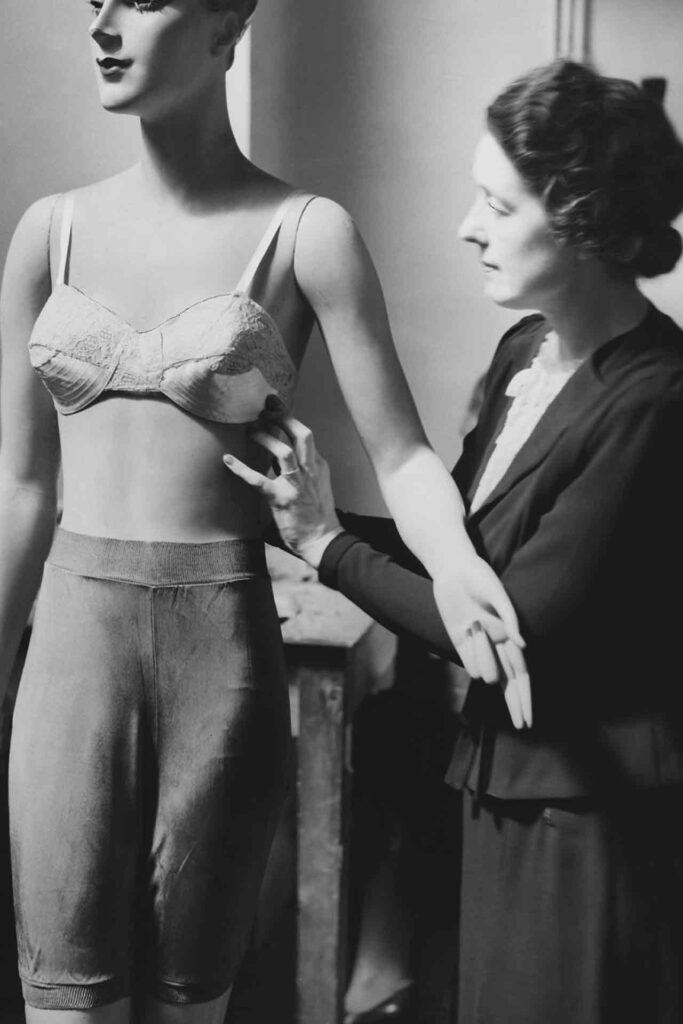
The question “When did women start wearing bras?” opens a fascinating window into the evolution of fashion, society, and the female body. From ancient civilizations to the modern era, the bra has undergone dramatic transformations—serving as a symbol of both practicality and cultural meaning. In this comprehensive article, we’ll explore the origins of the bra, its historical milestones, and its evolving role in women’s lives.
Milestones in Bra Evolution
- 1940s: The “bullet bra” or conical bra was introduced, offering protection and a distinctive silhouette during World War II.
- 1947: The first push-up bra was invented, enhancing the bust’s natural shape.
- 1950s: Hollywood icons like Marilyn Monroe popularized the “Sweater Girl” look, fueling a boom in bra trends.
- 1960s-70s: The bra became a focal point in feminist movements, with some women rejecting bras as a protest against societal expectations.
The Evolution of the Bra: Early Breast Support in History
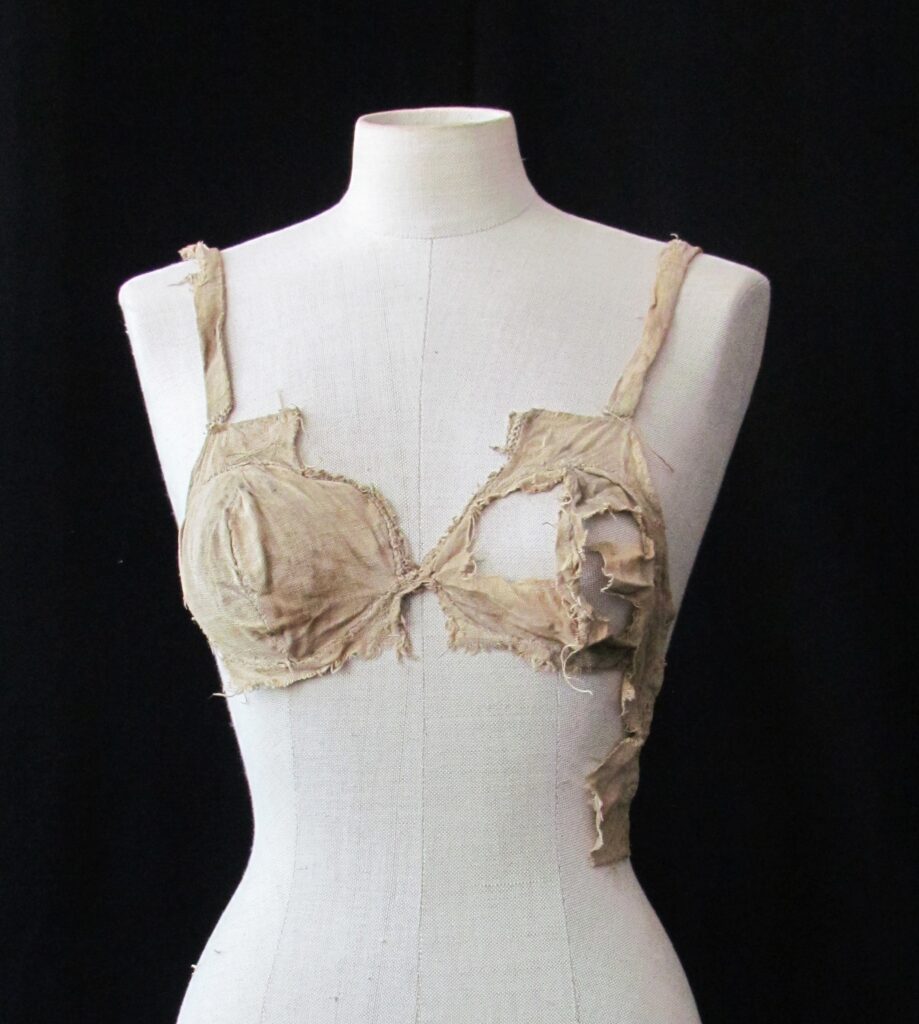
The bra is more than just a piece of lingerie—it’s a symbol of fashion, social change, and women’s empowerment. Understanding the evolution of the bra provides insight into how women’s undergarments have adapted to changing needs, technologies, and cultural attitudes over the centuries. Below, we’ll explore the major milestones in the history of bras, highlighting how each era contributed to the modern designs we know today.
Timeline of Bra Evolution
Ancient Greece and Rome: The First Breast Bands
- As early as 2500 BCE, Minoan women in ancient Crete wore bandeau-like garments to support their chests.
- Greek women used the apodesmos or strophion, simple bands of linen or wool wrapped around the chest for support, especially during athletic activities.
- These early breast bands were practical, offering comfort and freedom of movement, especially for active women.
- Ancient Roman women used the “strophium” or “mamillare,” a band of cloth wrapped around the bust for support and modesty.
Middle Ages to Renaissance: Proto-Bras and Bodices
- During the Middle Ages, women typically wore loose-fitting chemises, but by the Renaissance, bodices with some bust support became popular.
- These garments were the precursors to the corset, which would dominate for centuries.
The Corset Era (16th–19th Century)
- Corsets shaped the female figure, providing bust support but often at the expense of comfort and health.
- Innovations like whalebone and steel boning allowed for dramatic shaping, but also led to health issues.
Early 20th Century: The Birth of the Modern Bra
- In 1914, Mary Phelps Jacob patented the first modern bra, made from handkerchiefs and ribbon.
- The term “brassiere” was first used in Vogue magazine in 1907, and by the 1920s, bras became widely adopted as women sought alternatives to restrictive corsets.
Mid-20th Century: Innovation and Mass Production
- The 1930s saw the introduction of cup sizes and adjustable straps, revolutionizing fit and comfort.
- The 1940s and 1950s brought iconic styles like the bullet bra, popularized by Hollywood stars.
Late 20th Century to Today: Diversity and Technology
- The 1960s and 1970s saw the rise of the feminist movement, with some women rejecting bras altogether.
- Modern bras now include sports bras, push-up bras, wireless bras, and sustainable options, reflecting a focus on comfort, inclusivity, and environmental responsibility.
Cultural and Social Influences
- In many ancient societies, breast support was linked to social status, modesty, and even religious practices.
- The use of breast bands or bandeau-like garments was common among women who engaged in physical labor or sports, emphasizing the need for practical solutions in daily life.
The Birth of Modern Bras: Comfort, Choice, and Identity
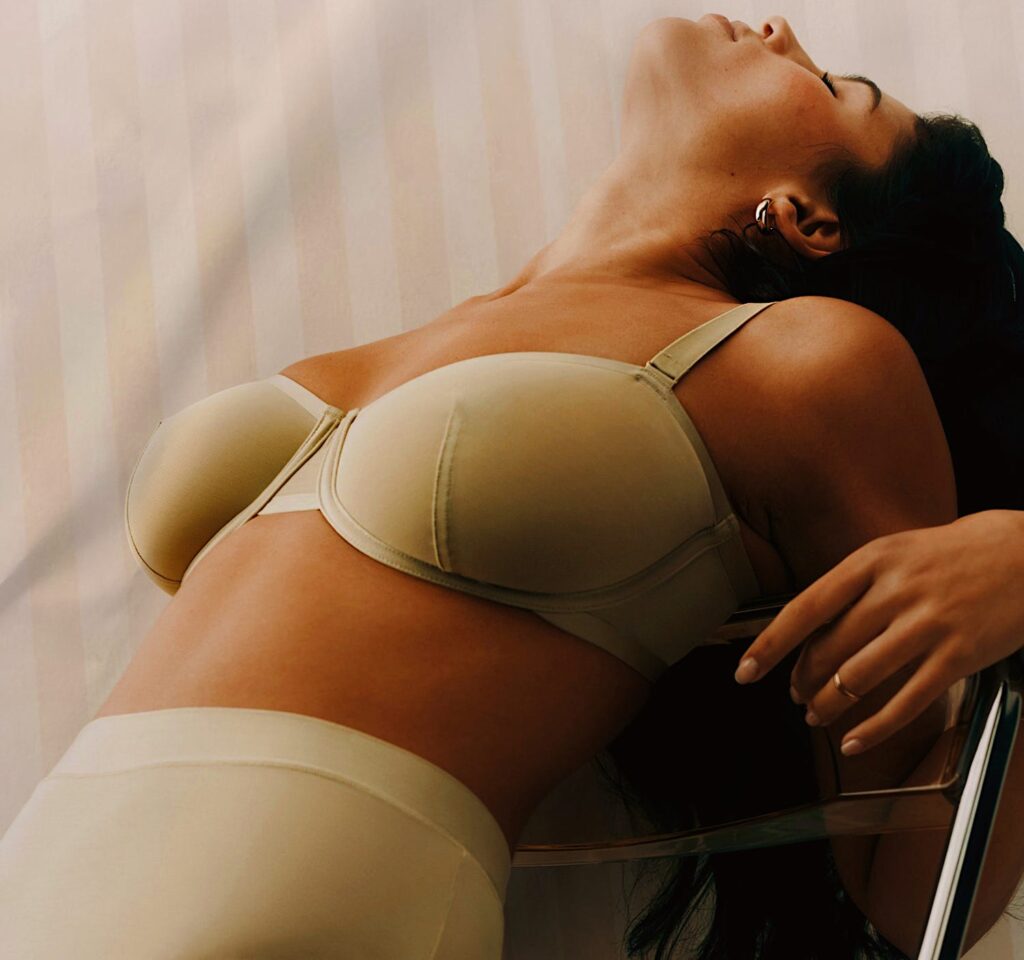
The modern bra is the result of decades of innovation, responding to changing fashion trends, technological advances, and the evolving needs of women. Understanding these milestones reveals how the bra became a staple in women’s wardrobes worldwide.
Patenting and Early Commercialization
- Mary Phelps Jacob’s 1914 patent for the first modern bra marked the beginning of commercial bra production.
- Early bras were simple, but manufacturers quickly introduced improvements, such as adjustable straps and hook-and-eye closures, to enhance comfort and fit.
Introduction of Cup Sizes and Mass Production
- In the 1930s, S.H. Camp and Company introduced the concept of cup sizes, revolutionizing the way bras were fitted and sold.
- Mass production made bras widely available, and marketing campaigns educated women on the benefits of proper fit.
Iconic Styles and Hollywood Influence
- The 1940s and 1950s saw the emergence of iconic styles like the bullet bra, made famous by Hollywood stars such as Marilyn Monroe.
- The push-up bra and strapless bra were also introduced, catering to evolving fashion trends and the desire for different silhouettes.
Technological Advancements
- The development of new materials, such as nylon and elastic, made bras lighter, more durable, and more comfortable.
- Underwire bras provided additional support and shaping, becoming a popular choice for many women.
Global Adoption and Cultural Significance
- By the mid-20th century, bras were an essential part of women’s wardrobes in Europe, North America, and beyond.
- The bra became not just a functional garment but also a symbol of femininity, empowerment, and even rebellion, as seen during the feminist movements of the 1960s and 1970s.
By the 1920s, bras began evolving into the “bandeau” style, which flattened the bust for an androgynous look popular at the time. In 1922, the modern system of cup sizes was introduced, revolutionizing bra design and fit. By the 1930s, the term “bra” became widely used, and commercial production soared.
Types of Bras Through the Ages: From Bandeau to Sports Bra

The variety of bras available today is the result of centuries of innovation, each style designed to meet the changing needs and preferences of women. Exploring the evolution of bra types reveals how fashion, function, and technology have shaped the options women have today.
Early Bandeau and Breast Bands
- The bandeau, a simple strip of fabric, has ancient roots and was popularized in the early 20th century for its minimalist style.
- Bandeau bras provided light support and were favored for their comfort and suitability under certain fashions.
Bullet Bra and Structured Styles
- The bullet bra, introduced in the 1940s, featured pointed cups and heavy padding, creating a distinct silhouette that became synonymous with mid-century glamour.
- Structured bras with underwires and molded cups followed, offering enhanced support and shaping.
Push-Up and Strapless Bras
- The push-up bra, introduced in the late 1940s, used padding and angled cups to lift and enhance cleavage, appealing to women seeking a more dramatic look.
- Strapless bras were developed to accommodate off-the-shoulder and strapless fashions, using innovative construction to stay in place.
Sports Bras and the Rise of Functionality
- The sports bra, invented in the late 1970s, revolutionized activewear by providing support and minimizing movement during physical activity.
- Today’s sports bras come in a range of support levels, catering to everything from yoga to high-impact sports.
Wireless, Bralette, and Sustainable Bras
- Wireless bras and bralettes have surged in popularity for their comfort and versatility, often doubling as outerwear in modern fashion.
- Sustainable bras, made from eco-friendly materials, reflect growing consumer demand for ethical and environmentally conscious lingerie.
How the Invention of the Bra Changed Women’s Fashion Forever?

Revolutionizing Silhouettes and Styles
- The invention of the bra in the early 20th century marked a pivotal shift in women’s fashion history. Before bras, corsets dominated the landscape, shaping women’s bodies into rigid, unnatural forms.
- With the advent of the bra, clothing designers gained more freedom to experiment with new silhouettes. Dresses and tops became more fitted and comfortable, reflecting the natural shape of the body rather than forcing it into a predetermined mold.
- The bra allowed for the popularization of styles like the flapper dress in the 1920s, which required a flatter chest, and later, the hourglass silhouette of the 1950s, which celebrated curves.
Empowering Women’s Lifestyles
- The bra’s invention coincided with major social changes, including women entering the workforce and participating in sports. Bras provided the necessary support for these active lifestyles, making it possible for women to move freely and confidently.
- As women gained more independence, the bra became a symbol of modernity and liberation from the restrictive corset.
Influencing Global Fashion Trends
- The bra’s impact wasn’t limited to Western fashion. As globalization spread, so did the adoption of bras in Asia, Africa, and Latin America, influencing local styles and blending with traditional attire.
- International fashion icons and Hollywood stars further popularized bra-wearing, cementing its place as a staple in women’s wardrobes worldwide.
Driving Innovation in Lingerie Design
- The invention of the bra sparked a wave of innovation, leading to the development of new materials, adjustable straps, and a variety of cup sizes.
- This innovation made bras more inclusive, accommodating different body shapes and personal preferences, and setting the stage for the diverse lingerie market we see today.
Do Female Astronauts Wear Bras in Space?
Modern Bra Trends: From Sports Bras to Sustainable Lingerie
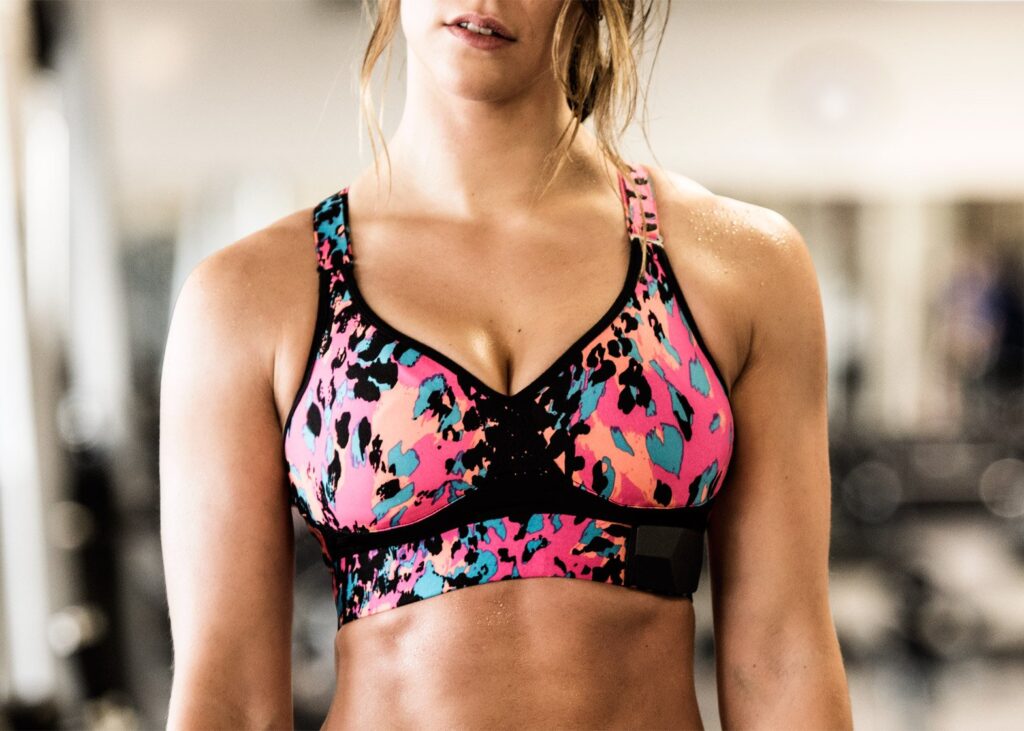
Rise of the Sports Bra
- The sports bra, first introduced in the late 1970s, revolutionized activewear for women. Designed for comfort and support during physical activity, sports bras quickly became essential for athletes and fitness enthusiasts.
- Today, sports bras are available in a wide range of styles, from high-impact support for running to lighter options for yoga, reflecting the diversity of women’s fitness routines.
Wireless and Seamless Bras for Everyday Comfort
- Modern consumers increasingly prioritize comfort, leading to the popularity of wireless and seamless bras. These styles eliminate underwires and bulky seams, providing a smooth, natural look under clothing.
- The shift toward comfort has also fueled the rise of bralettes, which offer light support and are often worn as outerwear in casual or trendy outfits.
Sustainable and Eco-Friendly Lingerie
- With growing awareness of environmental issues, many brands now offer sustainable lingerie made from organic cotton, bamboo, or recycled materials.
- Eco-friendly bras often feature ethical manufacturing practices and minimal packaging, appealing to consumers who value both style and sustainability.
Inclusivity and Body Positivity in Bra Design
- The modern bra market celebrates diversity, with brands offering a wider range of sizes, skin tones, and adaptive designs for people with disabilities.
- Campaigns promoting body positivity and self-acceptance have shifted the focus from “perfection” to comfort and confidence for all body types.
When Did Bras Become Popular Worldwide? Global Adoption and Cultural Impact
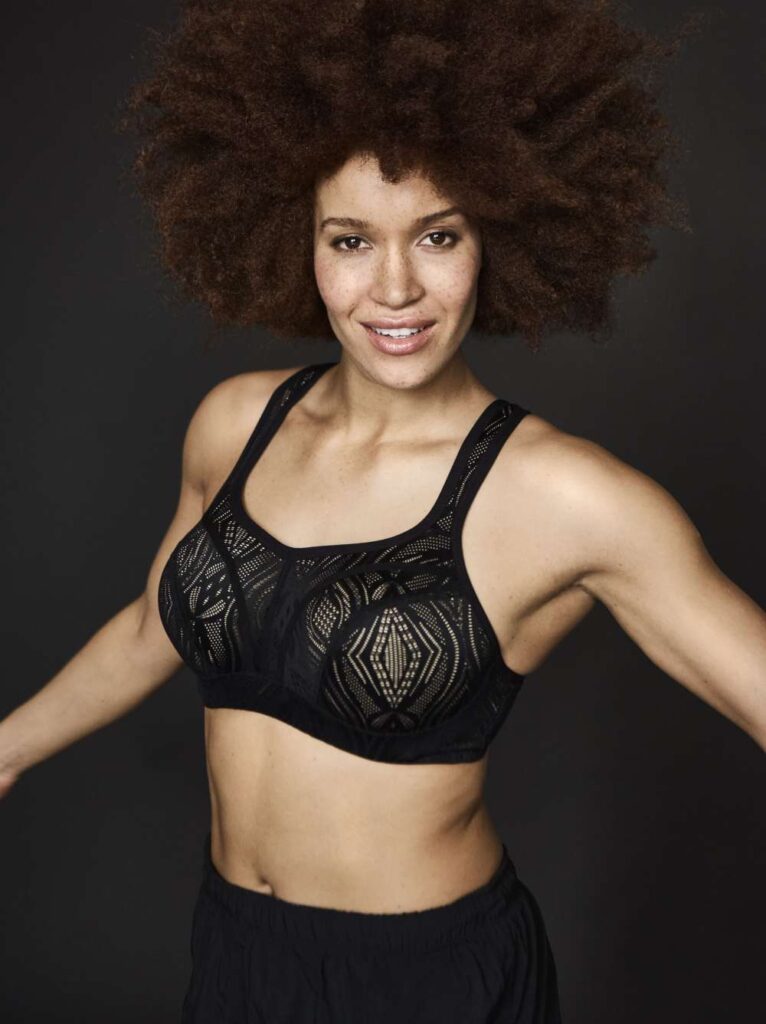
The global adoption of the bra is a testament to its practicality, adaptability, and cultural significance. As the bra spread beyond its Western origins, it became a symbol of modernity, empowerment, and changing attitudes toward women’s bodies.
Spread Across Europe and North America
- By the 1920s and 1930s, bras had replaced corsets as the primary undergarment for women in Europe and North America.
- The rise of mass production and international marketing made bras accessible to women of all backgrounds and body types.
Adoption in Asia, Africa, and Latin America
- The influence of Western fashion, along with urbanization and changing social norms, led to the widespread adoption of bras in Asia, Africa, and Latin America after World War II.
- Local adaptations emerged, blending traditional attire with modern undergarments to suit regional preferences and climates.
Cultural Significance and Symbolism
- In many societies, the bra became a symbol of femininity, modernity, and social status.
- The feminist movements of the 1960s and 1970s challenged the bra’s role, with some women rejecting bras as symbols of restriction, while others embraced them as tools of self-expression and empowerment.
Contemporary Trends and Global Diversity
- Today, bras are worn by women worldwide, with a vast array of styles reflecting cultural diversity, body positivity, and individual choice.
- The ongoing evolution of the bra industry, including the rise of sustainable and inclusive brands, demonstrates the garment’s enduring relevance.
Impact on Fashion and Society
- The bra’s integration into global fashion has influenced clothing design, body image, and perceptions of femininity.
- Its journey from a functional garment to a cultural icon highlights the complex relationship between fashion, identity, and societal change.
Conclusion
Today, bras come in countless styles, materials, and designs—reflecting the diversity of women’s bodies and preferences. The focus has shifted toward comfort, body positivity, and personal choice. For many, receiving a first bra is a rite of passage, symbolizing the transition into womanhood and carrying emotional and cultural weight.
The true turning point for bras came in the early 20th century. During World War I, metal shortages led to a decline in corset use, as corsets often contained metal wiring. Women were encouraged to abandon corsets in favor of lighter, more practical undergarments. This shift accelerated the adoption of the brassière, or “bra,” as we know it today. From- Wikipedia
Is Wearing a Bra Harmful: Going Braless!! 6 Risks and Benefits

